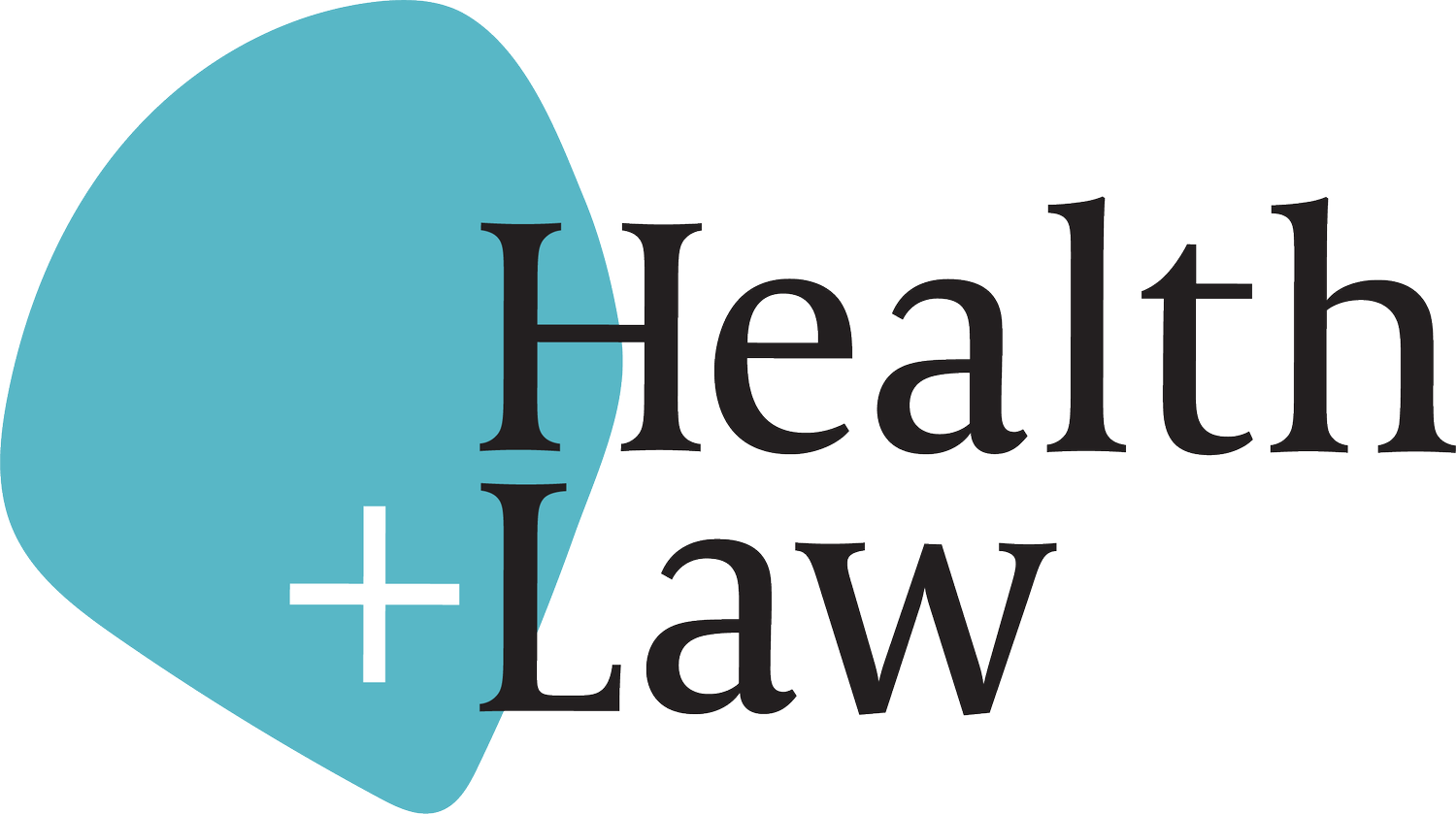Recent Changes to Public Health Law: Clarifying the Meaning of ‘Reasonable Precautions’ in New South Wales
Since October 2017, New South Wales law has required that people who know they are living with particular sexually transmissible conditions take ‘reasonable precautions’ against further transmission. These conditions include hepatitis B, hepatitis C and HIV. This 2017 change replaced legislation that required people living with an STI to disclose their status to potential sexual partners.
Specifically, the amendment states that ‘[a] person who knows that he or she has a notifiable disease, or a scheduled medical condition, that is sexually transmissible is required to take reasonable precautions against spreading the disease or condition’.
The amendment was widely supported by public health organisations, but a significant challenge remained: what exactly constitutes a ‘reasonable precaution’? No definition was enshrined in legislation. Without clear guidelines, medical practitioners and, importantly, people living with a relevant condition, have been left to interpret the term for themselves. Additionally, prosecutorial decision-makers are also asked to rely on their own interpretations of the term, resulting in a vague, uncertain legal duty. This can create unfair outcomes for those living with a relevant communicable condition, medical professionals and the public at large. The absence of a clear definition of 'reasonable precaution' in the law also places a burden on the courts, which are ultimately responsible for interpreting the term in legal proceedings. It is essential that lawmakers provide a concrete definition of 'reasonable precaution' in the law to ensure consistent and fair application of the law in healthcare settings.
Health+Law CI David Carter stated in a recent article (linked below) that ‘given the very serious consequences that accompany a breach of these laws, what is required of a person should be made very clear.’ His article argued that waiting for the courts to clarify the meaning of ‘reasonable precaution’ can be risky, as exemplified by a case in Canada which ruled that only condom use combined with antiretroviral therapy was precaution enough to rule out liability for an HIV-related offence. This finding ‘differs dramatically from public health practice and messaging regarding transmission reduction’ and demonstrates the potential of the courts to undermine public health efforts as well as the integrity of the doctor-patient relationship. He continued:
Given that the purpose of public health law is to manage and reduce risk to the public health, in this context its role is to support effective transmission reduction. Australian public health and biosecurity law fails to achieve this aim by failing to generate sufficiently clear signals to those living with HIV or other relevant communicable conditions. Given that PrEP and TaSP/U=U are so effective, we should be doing all we can to ensure no barrier stands in the way of their widespread use, nor of the ability for people living with HIV to comply with law.
Fortunately for people living with these communicable conditions in NSW, recent changes in the law more clearly embed the advice that medical practitioners are required to give patients regarding transmission reduction approaches that constitute ‘reasonable precautions’ in NSW. A 2022 amendment clarified that ‘reasonable precautions include acting in accordance with’ the information that medical practitioners must provide to people they suspect of having a sexually transmissible infection.
This information that medical practitioners are required to provide is found in the Public Health Regulation 2022 (NSW) at Regulation 63 which states that:
…the means of minimising the risk of infecting other people and the precautions that should be taken to minimise the risk, which may include the following—
(i) using a condom during sexual intercourse,
(ii) receiving treatment for the sexually transmitted infection,
(iii) for a patient who has a Human Immunodeficiency Virus (HIV) infection, seeking and receiving confirmation from a sexual partner that the sexual partner is on HIV pre-exposure prophylaxis medication,
(iv) for a patient who has an HIV infection, determining if the patient has an HIV viral load of less than 200 copies per millilitre.
The law is a complex thing, and how exactly this law works in reality will take some time become clear. However, it does start to ‘fill out’ the definition of what a reasonable precaution will include: things like condom use, and for those living with HIV, confirmation that a sexual partner is on PrEP or that the person living with HIV has maintained an undetectable viral load.
This change is an important step towards clarifying the duty of a person living with a communicable condition like HIV or Hepatitis B.
What should you do if you want more information about your legal obligations
If you are living with viral hepatitis, HIV or other communicable conditions and want more information about your legal obligations, you should speak to a lawyer who specialises in supporting those living with a communicable condition. The HIV/AIDS Legal Centre is a specialist community legal centre and not-for-profit organisation that provides free legal information and advice to people living with HIV and viral hepatitis. It can assist those living with these conditions to understand their legal obligations about reasonable precautions.
Further reading
‘Criminal Legal Challenges to the Uptake of Effective HIV Transmission Prevention Technologies and the Role of Medical Advice’
– article by David Carter


